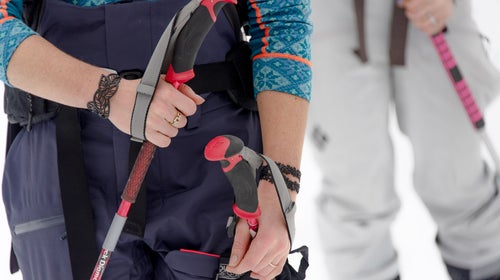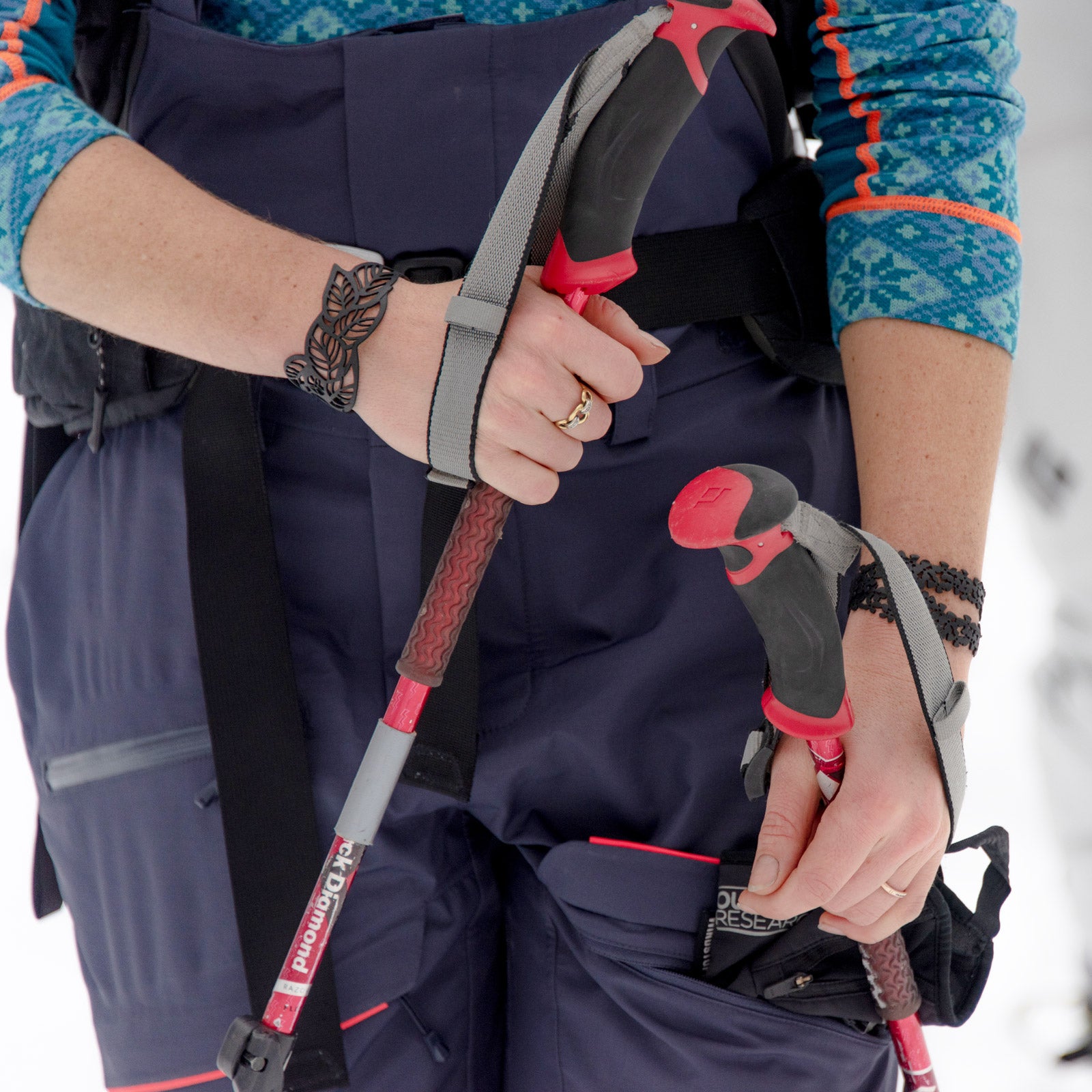When jewelry-maker Alixandra Klein hosts a dinner party, her guests generally bring her an armful of discarded bike tubes. She also yanks rubber out of dumpsters and asks bike shops to donate their collection of blown tire tubes.
Using a laser cutter, Klein turns the chunky rubber into intricately designed bracelets, earrings, and necklaces. Because they’re rubber, they move with you as you surf, ski, or mountain bike.
But that’s not what Klein loves most about her chosen medium. “It feels good to create a product out of something that would otherwise end up in a landfill,” says the 34-year-old, who is based in Warren, Vermont.
Klein spent most of her life around handmade jewelry. Growing up in Vermont, she watched her mother craft artisan jewelry for a local gallery, and Klein went on to study jewelry and ceramics as a student at in Brooklyn, New York. Later, she took a job with , a Lake Tahoe–area jeweler. Although she loves working with metal (a sustainable resource that can be reused), once she discovered the laser cutter and its ability to trim rubber into intricate, complex shapes and replicate her original designs, she never looked back.
That was in 2012. Klein had joined her friends for a mountain biking trip to Sedona, Arizona, where one member of their group bought a pair of laser-cut earrings. “You could totally make this,” Klein’s friend said.
She launched in August 2014, with $800 in the bank. This year, she’s expecting to gross 60 times that amount by selling her jewelry through bike stores and yoga studios, as well as direct to consumers.
Working from Vermont, Klein personally crafts each piece using a rented laser-cutter. Rubber has so far been her preferred material, in part because it’s waterproof and lightweight, and, being black, looks like tattoos. “I call them durable lace,” she says.
Klein has been experimenting with other materials, including leather, recycled acrylic, and titanal, a material used in ski construction. (A lifelong skier, Klein has coached at Sugar Bowl Academy and Mad River Glen in Vermont.)
“Eventually, I want to move into other colors and materials,” Klein says. “But for now, we’re like that Henry Ford quote about the Model T. You can have any color you want, so long as it’s black.”


